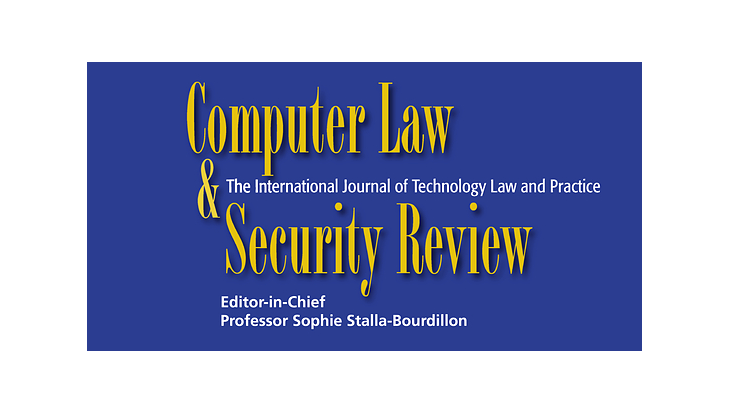für Recht und Ökonomik
Selected Publications: FinTech and the Law & Economics of Disintermediation
15. Januar 2021, von Pedro Magalhães Batista

Foto: Stijn te Strake
"Will technology-enabled financial innovations generate market failures or worsen existing ones?" This is the question Fatjon Kaja, Edoardo Martino, and Alessio Pacces attempt to answer in their last working paper, "FinTech and The Law & Economics of Disintermediation." And if yes, "is the current regulatory framework efficient?" The authors point that although the competition brought by FinTech to the financial and banking industries is positive to foster innovation, quality, and lower prices, it might also affect financial stability and investor protection. Their paper brings a theoretical framework built on the Law & Economics literature, especially related to negative externalities and asymmetries of information.
On the disintermediation of banking, the authors debate the impact of P2P lending and cryptocurrencies. Although P2P doesn't operate in the same fashion as banks through asset transformation, which can lead to systemic risk - part of the current justification for their regulation -, P2P could also lead to systemic risk through their fee-based compensation schemes, which can incentivize riskier lending. On the disintermediation of money and payments through cryptocurrencies, the authors point cybersecurity risks and the poor monetary qualities of current projects. Although they also caution about Facebook's Libra project, which faces threats from monetary authorities. Investment services are also pervaded by information asymmetries, which justifies appropriate regulation. Here, according to the authors, technology also plays a role: "algorithmic-based financial services and the use of big data can decrease the asymmetric information that is inherent in financial services." However, investor protection remains a challenge and might now be further obscured behind these new technologies: "algorithms do not solve the older investor protection issues, but rather bring new issues of investor protection."
The authors point out how technology-enabled financial services exploit a regulatory vacuum to become more competitive. When this vacuum is challenged by regulation, they might migrate into the blockchain through smart contracts and cryptocurrencies. While the first challenge is a common one related to financial innovations and could be ameliorated through new approaches, such as regulatory sandboxes and mentoring arrangements (if you are curious about these proposals, take a look at Ringe and Ruof, 2020, and Enriques and Ringe, 2020), the second challenge might be more complex. The authors point out that these FinTechs might threaten financial stability only when they start operating as shadow banks, offering safe assets. Controversially, they propose a way to curb such a threat: "to make blockchain-operated financial services emerge from darkness, financial regulation could restrict the conversion of cryptocurrencies into fiat money."


